


xxxxxThe Frenchman Louis Pasteur was an outstanding chemist, but his foremost achievements were in biology and medicine. It was in the 1850s, while studying the process of fermentation in the wine industry, that he discovered that yeast which contained elongated cells produced lactic acid and that this turned the liquor sour. In 1858 he recognised that fermentation involved living organisms, but concluded that the production of lactic acid was due to the presence of additional microscopic life, such as bacteria. He showed that these harmful bodies could be destroyed by the application of a controlled heating process, a method now known as “pasteurisation” and used extensively to free dairy produce from the bacteria of tuberculosis. He then took his research a stage further, and in 1860 proved by using a swan-
LOUIS PASTEUR 1822 -
Acknowledgements
Pasteur: detail, by the American illustrator Robert Thom (1915-
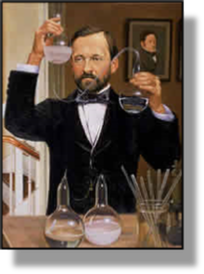 xxxxxThe Frenchman Louis Pasteur ranks as one of the greatest scientists of all time. He was an outstanding chemist, but his foremost achievements were in biology and medicine. He is regarded as the founder of Microbiology -
xxxxxThe Frenchman Louis Pasteur ranks as one of the greatest scientists of all time. He was an outstanding chemist, but his foremost achievements were in biology and medicine. He is regarded as the founder of Microbiology -
xxxxxPasteur was born at Dole in eastern France, the son of a tanner, but grew up in the small towns of Arbois and Besançon. Onxleaving the Royal College at Besançon in 1842, he studied at the École Normale Supérieure, the teacher-
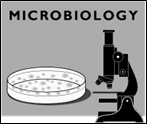 xxxxxFor this significant piece of research he was awarded the Legion of Honour and presented with the Royal Society’s Rumford Medal. Furthermore, on the strength of his achievement, he was appointed professor of Chemistry at the University of Strasbourg in 1849, and then Dean of the new science faculty at Lille University in September 1854. It was there that he was asked by a local producer of wine to investigate why the liquor he produced often went sour during fermentation. By means of a microscope Pasteur discovered that the yeast cells in good wine were round in shape, whilst those in sour wine were elongated or rod-
xxxxxFor this significant piece of research he was awarded the Legion of Honour and presented with the Royal Society’s Rumford Medal. Furthermore, on the strength of his achievement, he was appointed professor of Chemistry at the University of Strasbourg in 1849, and then Dean of the new science faculty at Lille University in September 1854. It was there that he was asked by a local producer of wine to investigate why the liquor he produced often went sour during fermentation. By means of a microscope Pasteur discovered that the yeast cells in good wine were round in shape, whilst those in sour wine were elongated or rod-
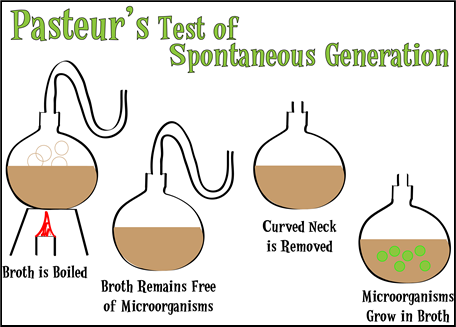
xxxxxIn 1857 Pasteur returned to the École Normale Supérieure as director of studies and it was there that he continued his research into fermentation. In 1858 he determined that this process involved living organisms, but concluded that the production of lactic acid -
xxxxxHe then took the experiment further to find out how this microscopic life -
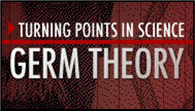
xxxxxGiven his conclusion that harmful micro-
xxxxxIncidentally, it was while working as dean of the science faculty at Lille University that Pasteur introduced the idea of evening classes, aimed at providing theoretical as well as practical courses for the young men working in local industry.
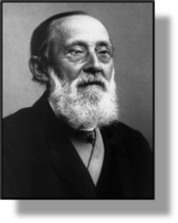 xxxxxThe German pathologist Rudolf Virchow (1821-
xxxxxThe German pathologist Rudolf Virchow (1821-
xxxxxVirchow was born in Schivelbein in Pomerania, Prussia, and attended the University of Berlin. In 1849 he joined the staff of the medical school of Wurzburg as professor of the new chair in pathological anatomy, and in 1856 returned to Berlin as director of the university’s pathological institute. He took a very active part in politics. He fought at the barricades in the 1848 Revolution, was a member of the Prussian Diet in the 1860s, and later became a member of the Reichstag. In matters of social reform he did much to improve the German public health service. Apart from his work in medicine, he was also a keen archaeologist and anthropologist, and wrote a number of papers on both subjects.
xxxxxIncidentally, as a member of the Prussian Diet and founder of the Progressive Party, he was totally opposed to the views of Otto von Bismarck, then foreign minister. Such was the enmity between them that in 1865 Bismarck challenged him to a duel. Virchow thought it best not to accept the challenge!
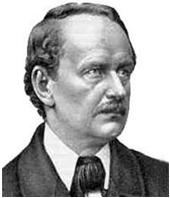
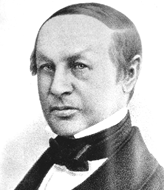 xxxxxThexactual concept of the cell theory is credited to two German scientists, the botanist Matthias Schleiden (1804-
xxxxxThexactual concept of the cell theory is credited to two German scientists, the botanist Matthias Schleiden (1804-
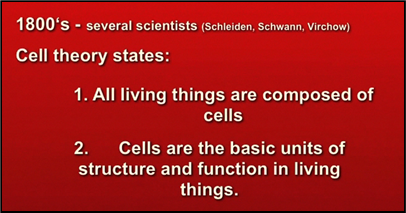
xxxxxSchwann also carried out valuable research into digestion -
xxxxxIncidentally, it was the British physicist Robert Hook who first spoke of “cells” back in the 17th century, but it was left to Schleiden and Schwann to recognize their importance as the basic units of living things. ……
…… Schleiden was one of the first German biologists to accept Charles Darwin’s theory of evolution.
Including:
Rudolf Virchow,
Matthias Schleiden
and Theodor Schwann

Va-


